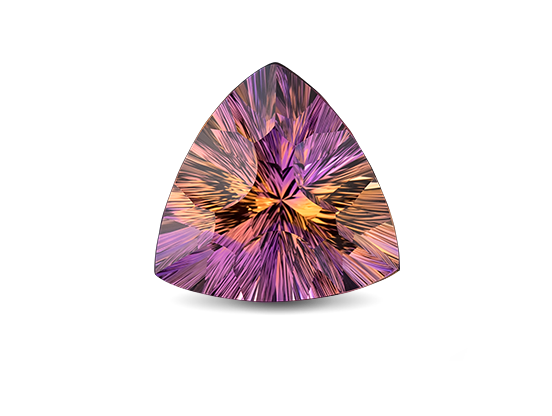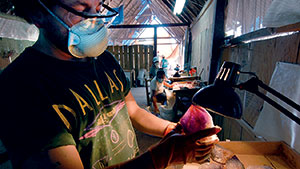Overview
Whether projecting from pegmatite walls or encrusting cavities in volcanic rock, quartz abounds worldwide. People have used quartz in jewelry for thousands of years. When quartz displays the colors of amethyst and citrine in a single gem, the material is called ametrine or amethyst-citrine. Ametrine’s only commercial source is the Anahi mine in Bolivia.
No place else
There is only one commercial source for ametrine: the Anahi mine in Bolivia.
Nature’s gift
The presence of amethyst and citrine colors in a quartz crystal is a rare gift of nature.
Cutter’s choice
Ametrine’s colors blend, combine, and contrast uniquely in each gem.
Facts
-
Mineral:
Quartz
-
Chemical composition:
SiO2
-
Color:
Bicolor orange/yellow and purple
-
Refractive index:
1.544 to 1.553
-
Specific gravity:
2.66 (+0.03/-0.02)
- Mohs hardness: 7
Treatments
There are a number of processes used to alter the color, apparent clarity, or improve the durability of gems.
Learn MoreSynthetics
Some gemstones have synthetic counterparts that have essentially the same chemical, physical, and optical properties, but are grown by man in a laboratory.
Learn MoreImitations
Any gem can be imitated—sometimes by manmade materials or by natural materials chosen by man to impersonate a particular gem.
Learn More
Why We Love This Gemstone
Unique
No two ametrines look the same because the colors in each gem combine in a unique way.
Rare
There’s only one commercial source of ametrine, so the supply is very limited.
A Cutter’s Inspiration
Cutters delight in finding ways to maximize the beauty of ametrine.
Quality Factors
The following factors combine to determine ametrine’s value.
Color

Fine ametrines show beautiful contrast between their orange and purple shades.
Clarity
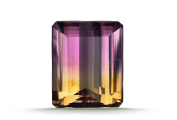
Faceted ametrine generally has no eye-visible inclusions.
Cut
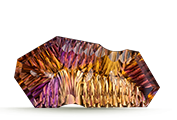
Unusual cutting styles add drama to ametrine’s unique color combination.
Carat Weight
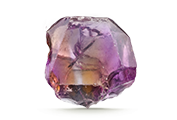
A wide range of sizes is available. Large material is popular with gem carvers.
Ametrine Quality Factors: The Comprehensive Guide
Research
Explore sources, gemological research, and the role of gems in history.
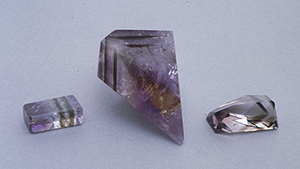
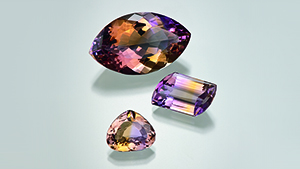
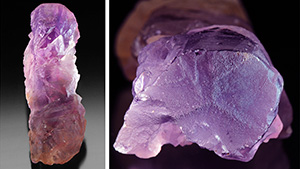
Ametrine Optical Dishes: Windows into the Effects of Crystal Structure
Elise A. Skalwold and William A. Bassett , May 8, 2017 Read Article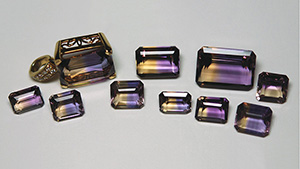
Using Conventional Equipment to Separate Natural from Synthetic Ametrine
Guy Lalous , Jul 25, 2014 Read ArticleRecommended Reading

Gemstones of the World
Walter Schumann



